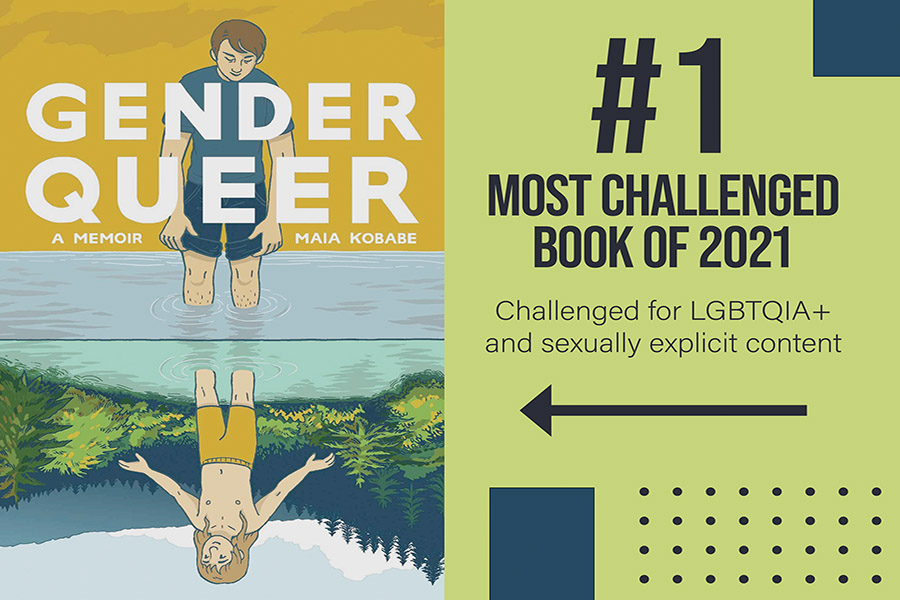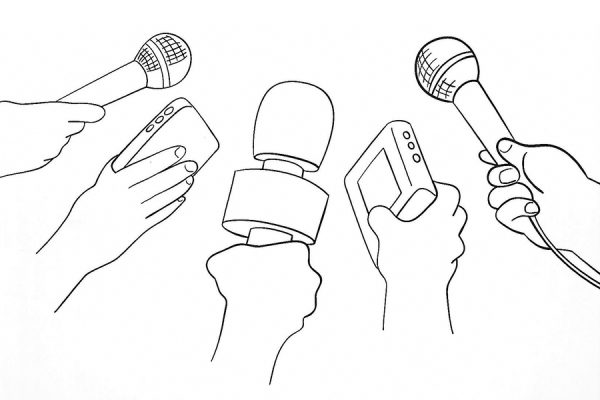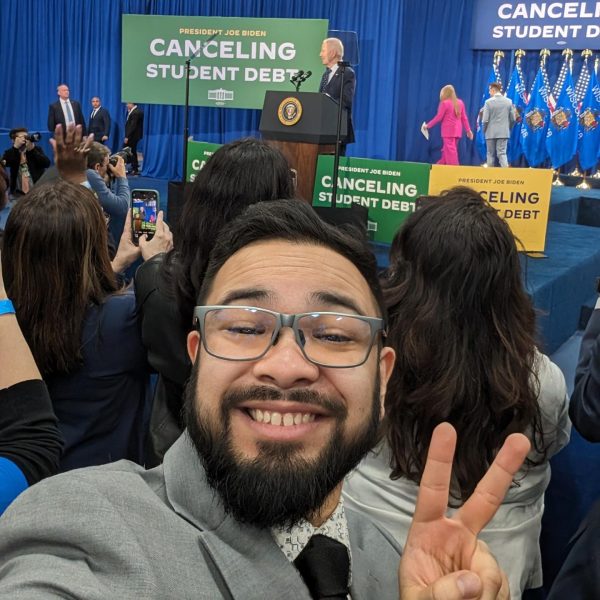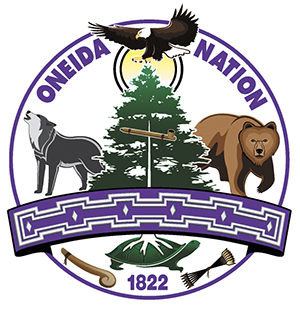Censorship divides us
Fear of the unknown inspires some to restrict the rights of others
ILLUSTRATION BY VALENZIA CINA / CLARION
Illustration of gender queer exploration
September 29, 2022
Banned Book Week was celebrated Sept. 18-24 this year. This is the 40th year, as the celebration started in 1982.
It was created in response to a “sudden surge in the number of challenges to books in schools, bookstores and libraries.”
This year, the theme was “Books Unite Us. Censorship Divides Us.”
Efforts to remove books from library shelves are more common than you might think. The American Library Association reported 729 challenges to library, school and university materials in 2021, which resulted in 1,597 individual book challenges or removals.
The reasons for banning are many. Some reasons are LGBTQIA+ content, profanity, depictions of abuse, sexual references and for providing sex education.
Some have been banned, while others have been only challenged, relocated or restricted.
What is the difference between banning and challenging? A challenge is when a group attempts to get materials removed or restricted, whereas a ban is when those materials actually do get removed or restricted.
But what’s the point in banning a book? If you don’t want to read it, just don’t! Don’t stop other people from accessing books just because you don’t like the content.
In 2019, the group that were the biggest challengers were patrons, and the most likely place was public libraries. This really makes no sense to me.
In schools and school libraries, I could understand the perspective of parents a bit more. They don’t want their children doing mandatory reading on topics they don’t find suitable.
The part that doesn’t make sense to me is banning books in public libraries. That’s restricting other people’s access to books, which will have no impact on you personally.












